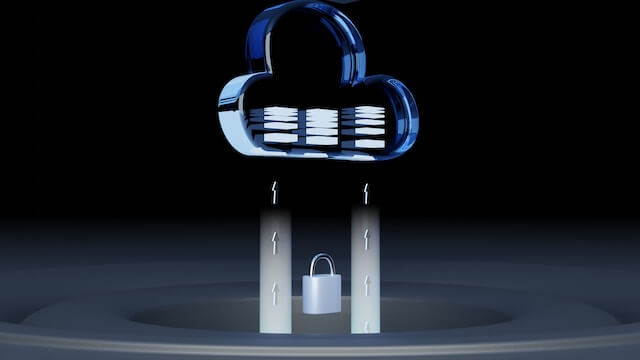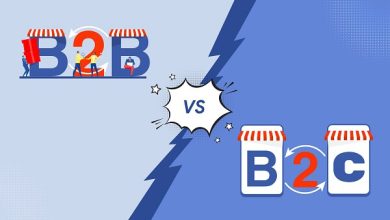Vapor IO Continues To Expand Edge Computing Services, Announces Comcast Collaboration

Comcast has announced that they are working with Vapor IO, an edge computing provider that has expansive plans for both the US and Europe. With plans to create networks in London and Dublin after establishing a Barcelona network at the start of 2023, here’s the full story behind Vapor and edge computing.
Edge Computing Brings Data Closer
A natural evolution of CDNs, edge computing is where data storage and computational nodes are spread across an area, forming a bridge between users and cloud servers. That way, users can connect to edge nodes that are closer, so more responsive. It makes cloud data and services faster – a new take on an old idea, suited towards today’s widespread cloud computing adoption. True to its name, edge computing primarily focuses on creating nodes in areas where cloud connections are weak, slow, or outright inaccessible.
This benefits any service that tries to be accessible often, especially live services where distant connections can cause problematic delays. Where cloud computing is involved, edge nodes shorten connection distance and take computational weight off the host servers, allowing for more consistency in stream quality. Live content has dominated in the past few years, over both video-sharing websites and live casino online sites. Where blackjack or roulette is streamed, users can get a better experience if they connect to a CDN or edge node over the host servers, not to mention it takes the stress off high-traffic servers as iGaming grows in popularity. This principle applies to many industries and is why edge computing is required for creating far-reaching cloud networks. Edge computing is also important for delivering more lofty concepts such as automated cars, homes, and IoT – initiatives that are becoming more popular in smart cities across the world.
Who Are Vapor IO?
Founded in 2014, Vapor IO is named for its Vapor Chamber – a data center racking system made to be edge-capable. The idea is that clients pay Vapor to expand their services to areas where traditional infrastructure may deliver a lackluster experience. In the past, they have delivered these services to Telecom and were an early 5G supplier in 2018.
Their most recent project – the Kinetic Edge and its upgrade, the Kinetic Grid – aims to combine cloud and CDN node services for secure, high-performance connectivity across 36 US cities starting in Chicago.

In early 2023, Vapor expanded its horizons by collaborating with Cellnex Telecom, delivering its services to Barcelona. In the future, they have other European tech hubs like London and Zurich in mind. Both cities have committed to becoming smart cities over the next decade, where the use-case of edge computing shines by decentralizing computational workloads.
Comcast Teams Up With Vapor
In trying to shore up its mainland broadband services, Comcast has now announced a collaboration with Vapor IO. The deal aims to deliver low-latency edge computing services to Chicago and Atlanta, going underway in Q3 of 2023.
This comes as a development of Comcast’s Anything-as-a-Service (XaaS) plans that were outlined way back in 2017. The core of this plan is to expand Comcast’s available services by buying into the cloud computing trend of the late 2010s which evidently is here to stay. Their plans also discuss making business operations faster and more efficient with cloud computing. When large companies migrate to cloud-based services, there’s a heavy server-side demand. Edge computing is an attractive proposition to those who want to cut down on costs and smoothen out inconsistencies in service quality, something that Comcast has had to contend with in the past.
Both Comcast and Vapor have said that if the two low-latency sites are a success, there are plans to expand Comcast services nationwide. Given Vapor’s current plans to expand further into Europe, edge computing services like theirs may come in high demand as more industries transition to the cloud.




